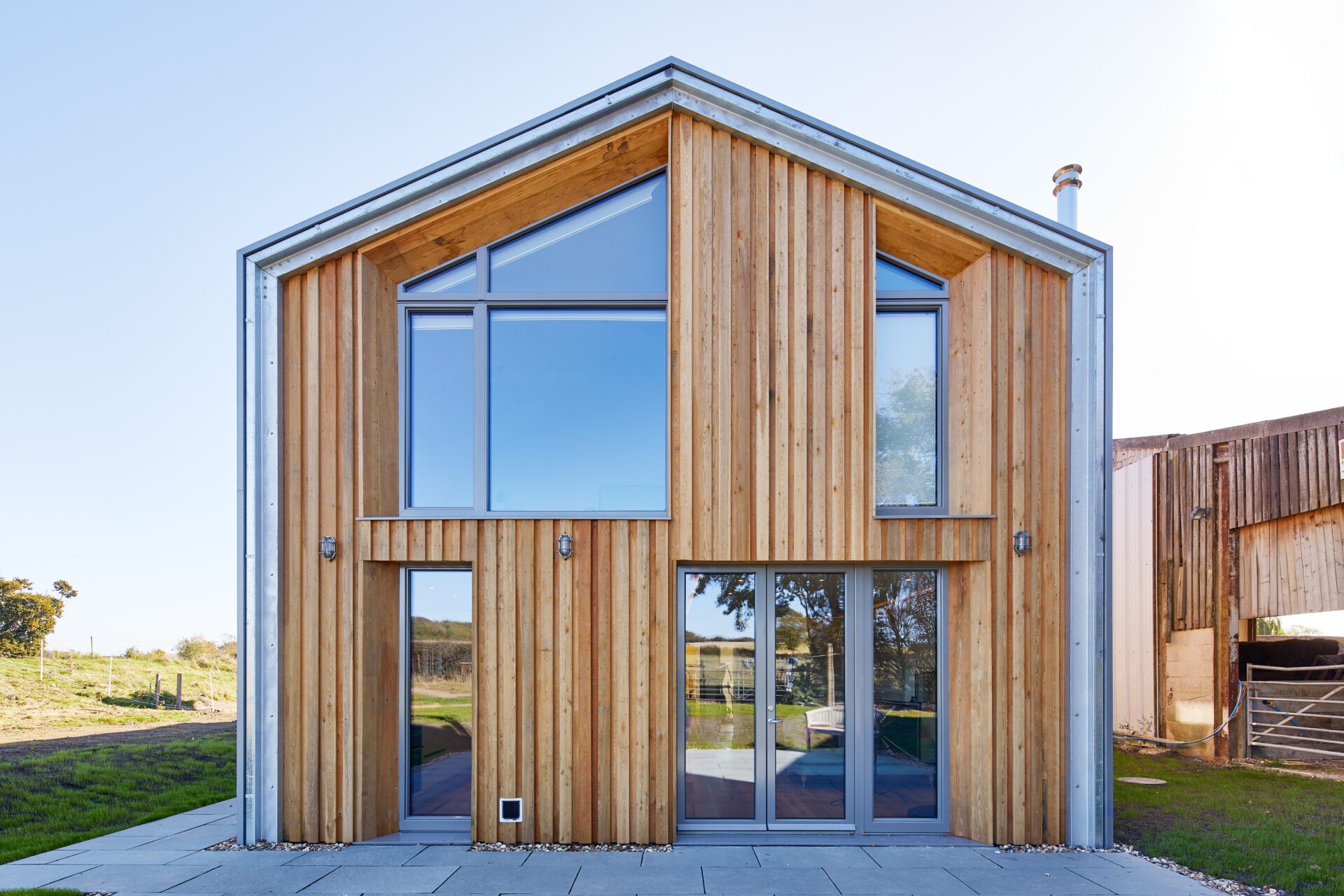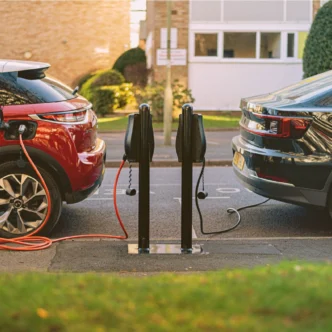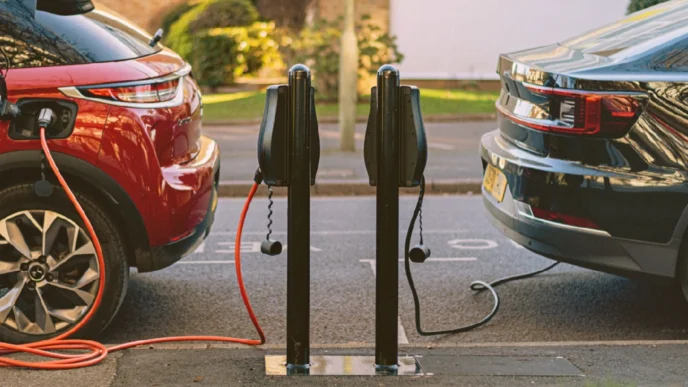Buildings account for 35% of global energy consumption, yet most UK homes leak heat like a sieve. The solution? Passivhaus—a super-efficient, airtight design that slashes heating costs by up to 90%.
In the UK, Passivhaus adoption is still niche, but that’s changing. ECF’s new Salford development, featuring 42 three-bedroom Passivhaus homes, is set to be a game-changer for sustainable housing.
So, what exactly is Passivhaus And why should we care?
What is Passivhaus?
Passivhaus is a rigorous energy-efficiency standard designed to minimise heat loss and maximise energy savings. Unlike traditional builds, Passivhaus properties:
✔️ Use super insulation to keep homes warm in winter & cool in summer
✔️ Have airtight construction to prevent heat leaks
✔️ Feature high-performance windows that trap warmth
✔️ Include mechanical ventilation with heat recovery (MVHR) for fresh air without energy loss
✔️ Reduce heating demand so much that homes barely need a boiler
🔹 Result? Bills up to 90% lower and carbon footprints dramatically reduced.

Salford’s New Passivhaus Development
🔹 Where? Salford’s Farmer Norton car park site
🔹 What? 42 Passivhaus homes (all affordable housing)
🔹 Who? Developer ECF + Architects dRMM
🔹 When? Construction starts summer 2025 (if planning approved)
This isn’t ECF’s first Passivhaus project. The company has already delivered:
🏡 Greenhaus – 96 flats (completed 2024)
🏡 Willohaus – 100 apartments (under construction)
The motivation? According to ECF, Passivhaus communities “bridge the gap for affordable, high-quality, sustainable homes.”
Salford’s Mayor is On Board
Paul Dennett, Salford City Mayor, called the project a “key priority”, emphasising the need for affordable, energy-efficient homes in the city.

Why is Passivhaus a Big Deal?
1. Massive Energy Savings
🏠 Traditional UK homes: Waste heat through leaky windows, poor insulation, and draughts.
🏡 Passivhaus homes: Slash energy demand, relying on natural heat sources like the sun, appliances, and body warmth.
💡 The result? Up to 90% less heating needed = huge savings on bills.
2. Net Zero & Climate Goals
With net-zero targets looming, energy-efficient housing isn’t a luxury—it’s a necessity. Passivhaus aligns perfectly with the UK’s decarbonisation agenda by reducing reliance on fossil fuels.
🔹 Less energy used = fewer emissions = a cleaner planet.
3. Comfort & Wellbeing
Beyond efficiency, Passivhaus offers:
✔️ Fresh, filtered air (great for allergies & asthma)
✔️ Even temperatures year-round—no more freezing corners!
✔️ Noise reduction thanks to airtight, well-insulated walls
This isn’t just an eco-friendly movement—it’s about better living standards.
Why Isn’t Passivhaus More Common in the UK?
Despite its benefits, Passivhaus adoption in the UK has been slow. Why?
❌ Higher upfront costs – Materials & construction require precision
❌ Limited industry knowledge – Many builders aren’t trained in Passivhaus techniques
❌ Planning & policy barriers – UK regulations haven’t fully embraced Passivhaus
However, as Salford’s development shows, momentum is shifting.

The Future Will Include Passivhaus
The UK needs smarter, greener homes. Passivhaus isn’t just sustainable—it’s practical.
With projects like Farmer Norton in Salford, we’re seeing a shift towards affordable, energy-efficient communities. Could this be the standard for all future developments?
Let us know your thoughts! Would you live in a Passivhaus?
Further your knowledge on Passivhaus with these articles
• What is Passivhaus? – Passivhaus Trust
• The Passive House Standard – Passive House Institute
• Plans Submitted for Additional Passivhaus Homes in Salford – Muse Developments
• Plans Approved for New Affordable Neighbourhood in Greater Manchester – Housing Today
• 9 Benefits to Building a Passive House – Allan Corfield Architects














